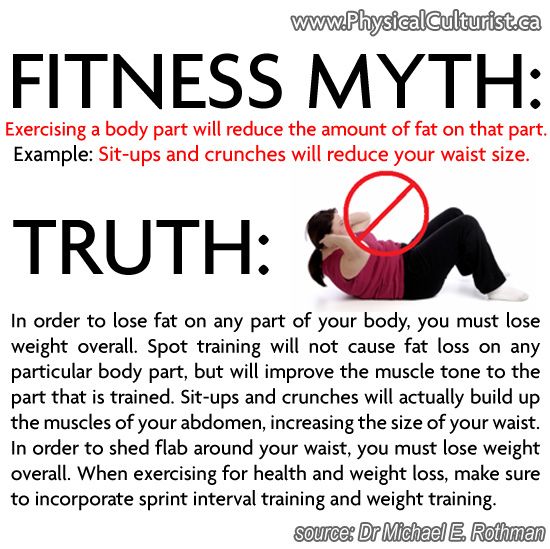08 May 2019
While often termed differently, muffin top, belly fat and spare tire are all essentially the same thing – excess abdominal fat. No matter what it’s called, it can be a frustration for many men. One of the most difficult areas to slim, the abdomen contains two types of fat which each require different tactics to tone the area. We asked Brent Wilson, a registered dietitian at INTEGRIS, Health to share his advice on how the spare tire affects men and what can be done to get rid of it once and for all.
Fat around the stomach and waist can be caused by a variety of factors. “The spare tire is excess body fat stored around the midsection when our calorie balance is off,” Wilson explains. Caused by an imbalance between calorie intake and output, poor diet and insufficient activity are the main culprits of belly fat.
Inactivity during the day, worsened by sitting at a desk or in front of the television for long periods of time, is also a large contributor to one’s spare tire. Even stress can be a factor as it can impact the hormones that create fat.
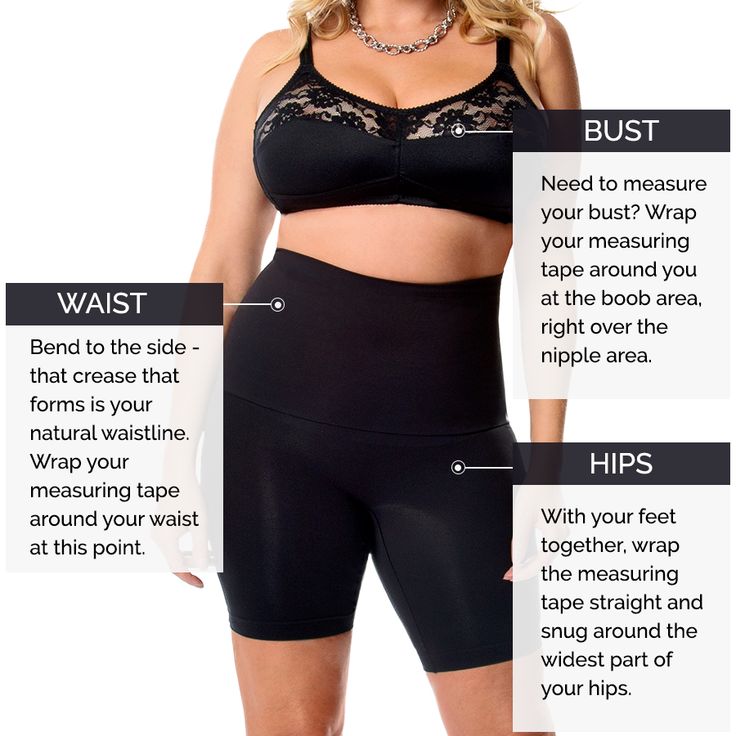 Visceral Fat
Visceral Fat “Subcutaneous fat hibernates just beneath your skin and you can grasp it with your fingers,” Wilson says. “Visceral fat stows away deep in your abdomen around your organs.” These organs can include your intestines and stomach. Visceral fat is more dangerous than its subcutaneous counterpart as it can produce cytokines, or inflammation, that can damage those organs.
Health risks commonly go hand-in-hand with the spare tire. “Excess belly fat increases your risk for high blood pressure, cholesterol, triglycerides and metabolic syndrome,” Wilson explains. The chemicals created by excess visceral fat can increase the risk for heart disease or diabetes. As men age, it becomes more important to exercise regularly as their bodies tend to lose muscle mass more easily.
When it comes to shedding the spare tire, lifestyle changes must be made. “Ultimately, it comes down to the decisions we have to make on a daily basis,” Wilson says.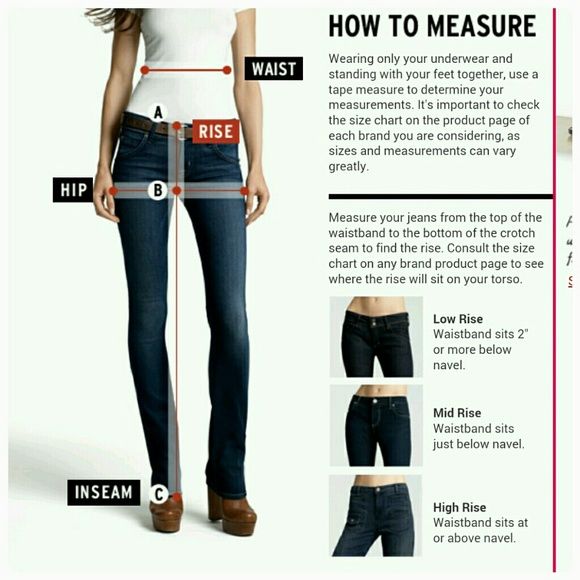 He explains these decisions become increasingly more difficult to make due to the convenience of highly processed foods that include substantial amounts of fat, sugar and calories. Combined with the typical low level of activity required by many jobs, it becomes more important to make conscious decisions to be physically active.
He explains these decisions become increasingly more difficult to make due to the convenience of highly processed foods that include substantial amounts of fat, sugar and calories. Combined with the typical low level of activity required by many jobs, it becomes more important to make conscious decisions to be physically active.
The first step toward eliminating the spare tire is to set healthy and reasonable goals. Shedding abdominal fat takes time and should not be treated as a race. So, how do you track your progress? The number on the scale doesn’t always represent the amount of fat and muscle mass a person carries, making it a less than optimal choice for measurement. Many people prefer to track their Body Mass Index (BMI), although Wilson advises against this. Instead, he opts for a more specific source of measurement.
“The BMI will ultimately give you a general idea of where your weight should be; however, it can be misleading as it doesn’t take muscle mass into account,” he says.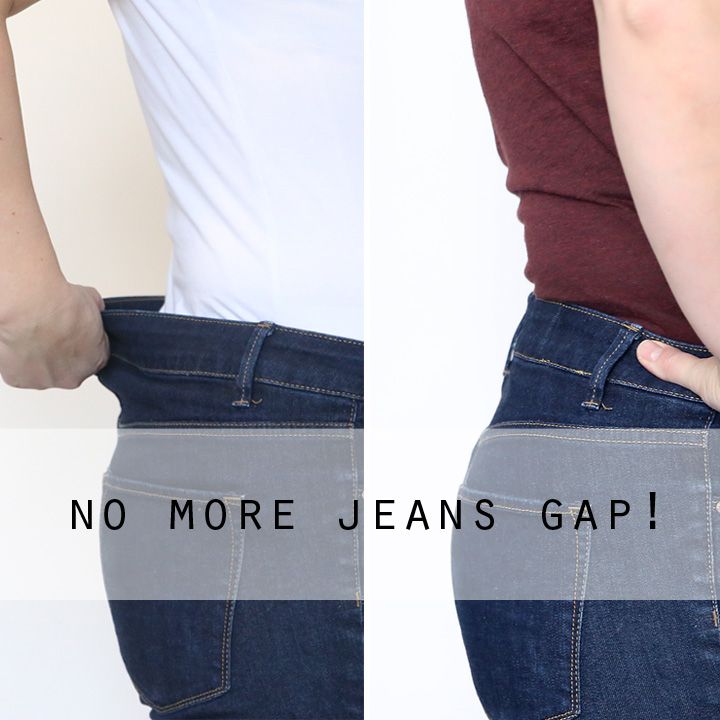 “The best thing would be to have your body fat percentage tested and retested after a few months of implementing physical activity and healthy eating.” The INTEGRIS Health Weight Loss Center provides several options for both surgical and non-surgical weight loss services, including seminars and assistance with nutrition.
“The best thing would be to have your body fat percentage tested and retested after a few months of implementing physical activity and healthy eating.” The INTEGRIS Health Weight Loss Center provides several options for both surgical and non-surgical weight loss services, including seminars and assistance with nutrition.
It is also important to set a healthy daily calorie goal. “Ultimately, we need to lower our calorie intake,” Wilson says. “I would encourage keeping a food log to identify where the most calories are coming from in your diet. Then, try replacing high calorie food and beverages with lower calorie options.” He suggests the app MyFitnessPal as a way to track your dietary choices.
When exercising to burn belly fat, it’s important to create a healthy mix of cardio and strength training. When targeting the spare tire, especially if you don’t go to the gym on a regular basis, you should start slowly. Wilson suggests beginning by walking or cycling and slowly increasing the duration and intensity of cardio. Make sure to include stretches in your routine to keep your muscles limber and limit soreness. He advises setting a goal of 150 minutes of physical activity per week.
Make sure to include stretches in your routine to keep your muscles limber and limit soreness. He advises setting a goal of 150 minutes of physical activity per week.
When it comes to choosing between cardio and weights, he says “both can be effective if used properly. The key is to get your heart pumping, so you can start burning the fat stored around the belly. Cardio is great at this. Weights can also work well, as long as you are keeping your heart rate elevated. Rather than resting in between sets of weight lifting, try using your rest time to keep your heart rate up with things like rowing, walking, or cycling.”
Stay committed to your exercise goals by creating a workout calendar or setting a joint fitness goal with your friends or family. For those who need to set a specific time to work out or thrive on extroverted activities, try joining a group fitness or boot camp style workout.
A healthy diet is the perfect complement to your new exercise regime.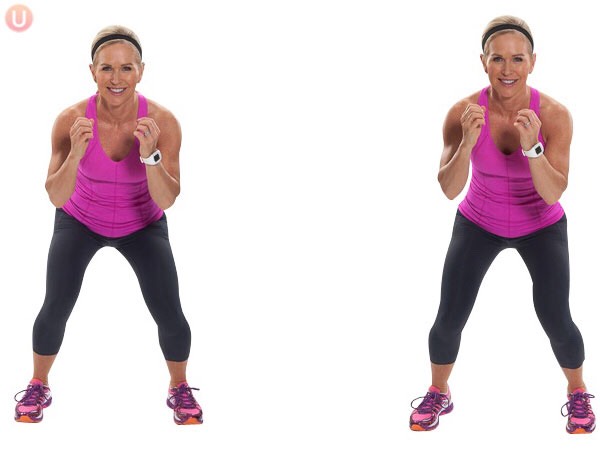 It can also be the most difficult part of the process. Essentially, it’s important to choose lower calorie options, skip processed foods, limit sugar and practice portion control.
It can also be the most difficult part of the process. Essentially, it’s important to choose lower calorie options, skip processed foods, limit sugar and practice portion control.
“Choose lean protein sources such as eggs, nuts, fish and chicken,” Wilson recommends. “Increase your intake of fruit and vegetables, which contain fewer calories per cup than most other foods. The fiber in them will keep you feeling full for longer so you take in fewer calories throughout the day.”
It is vital that men strive to achieve a healthy lifestyle as they age. Eliminating the spare tire is a crucial factor in the process of lowering health risks and staying in good physical shape. Contact an INTEGRIS Health physician today to assess your health needs.
Share this page
21 March 2017
Let's be honest… there is nothing 'lovable' about 'love handles'! It's the worst when you're trying to fit into those new skinny jeans, or a cute little crop top.
They're one of the hardest things to get rid of… much to our dismay. And no amount of ab workouts and crunches is going to help – because love handles lie in a very specific group of abdominal muscles that make it really hard to get rid of them.
So apart from eating clean (no, no more late night pizza orders), here are 5 exercises you can do to target your love handles.
Cardio
The thought of 'cardio' is enough to make everyone weep. But don't worry, you don't need to do too much. Just a 30 minute cardio every other day or even six days a week is an effective way to get rid of that extra fat around your belly. It doesn't matter how intense the workout is. Even walking for 30 minutes, 6 days a week makes a big difference.
Woodchoppers
Stand with your feet apart and rest your weight on your left leg. Hold a dumbbell or a medicine ball in both hands and lift it up towards your left shoulder.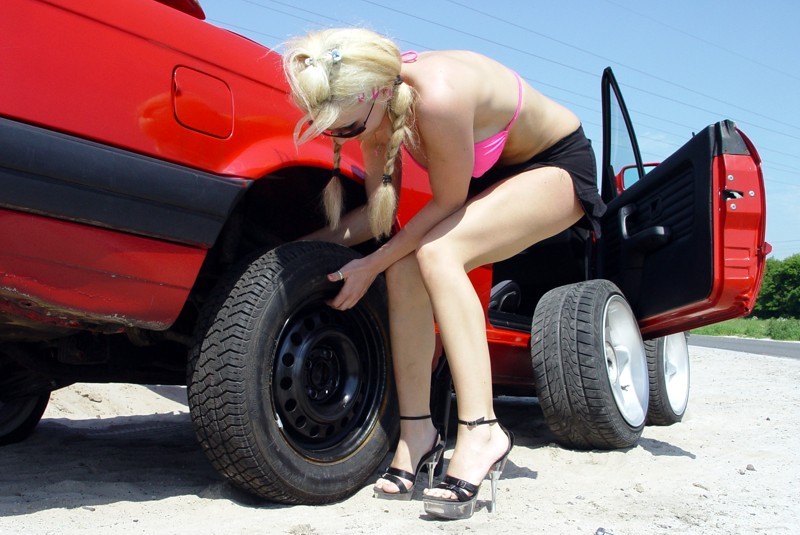 Then, twist downwards towards your right hip, and pivot your feet and knees with the twist. Raise the weight back to your left shoulder and repeat for 20 reps. Then work your right side for another 20 reps.
Then, twist downwards towards your right hip, and pivot your feet and knees with the twist. Raise the weight back to your left shoulder and repeat for 20 reps. Then work your right side for another 20 reps.
Image courtesy: Your Fitnessity.
Russian Twists
Begin in a seated position, with your body in a C shape – so keep your knees bent, feet on the floor and your torso leaning back at a 45 degree angle. Remember to keep your back straight. Hold a dumbbell or a medicine ball with both hands and lift your feet off the ground, balancing on your butt. Then twist your body from the left to the right and back to the left with the dumbbell touching the ground on each side. Repeat back and forth about 50 times.
Bicycle Crunches
Yes, you still need to do some crunches, and it's not going to be easy, but worth it. Start in a standard crunch position – lie on a mat with your knees bent and your hands behind your head. Then, lift your upper body up and raise your left leg, connecting it with your right elbow somewhere in the middle of your body. Without resting your body back on the floor, connect your right leg to your left elbow. Continue this as fast as possible for 30 reps.
Start in a standard crunch position – lie on a mat with your knees bent and your hands behind your head. Then, lift your upper body up and raise your left leg, connecting it with your right elbow somewhere in the middle of your body. Without resting your body back on the floor, connect your right leg to your left elbow. Continue this as fast as possible for 30 reps.
Side Plank Hip- lifts
This is probably the hardest one, and requires balance – It's the bane of all exercises, at least for us. Rest on your side, with your elbow, legs and hips on the ground. While keeping your body in a straight line raise it off the ground in a side-plank position. Hold it for a few seconds and lower your body. Repeat for 15 reps and then work on your other side.
By the summer, many people strive to tighten their figure and strengthen their muscles.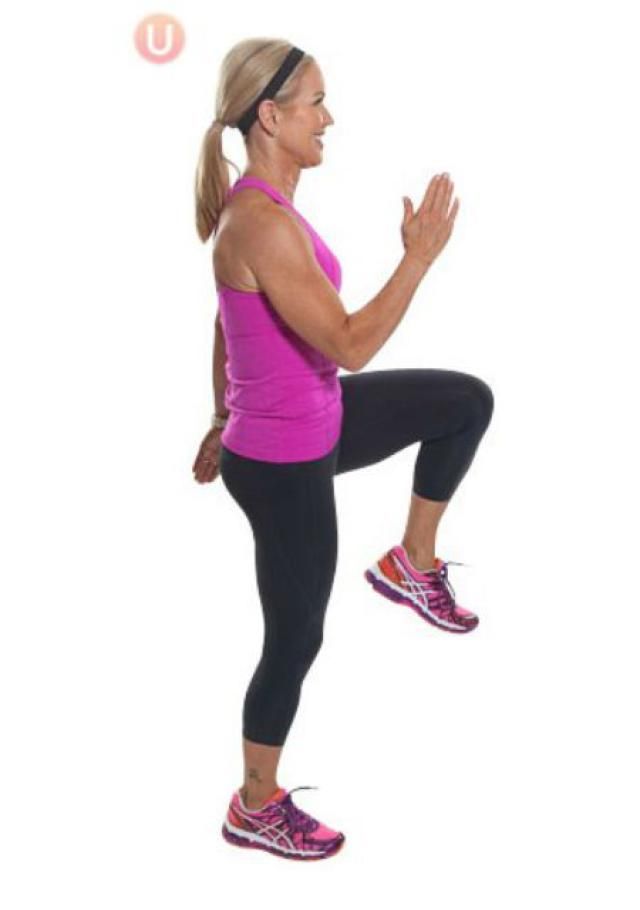 Children's fun can help - an ordinary hoop, or, as it is also called, a hula hoop.
Children's fun can help - an ordinary hoop, or, as it is also called, a hula hoop.
We tell you how to use it in order to get results in a couple of months. By the way, the loss of centimeters at the waist is just one of the advantages of proper training.
Scientists have repeatedly wondered whether the hoop can reduce the waist, and received encouraging results.
In the first study, 13 women of average build between the ages of 30 and 60 rotated a hoop weighing about 1.7 kg, taking time to warm up and squat. Once a week they worked out for half an hour in a group and four more times at home. Otherwise, they did not change their habits. At the end of the experiment, after 6 weeks, the waist circumference of all participants decreased by an average of 3.5 cm, and the hips by about 1.5 cm. were divided into two groups by weight. In the first, participants walked at least 10,000 steps every day for 6 weeks, and in the second, they twisted a weighted hoop for 10–15 minutes. As a result, the waist circumference significantly decreased in those who worked with the hoop.
As a result, the waist circumference significantly decreased in those who worked with the hoop.
The hoop acts on the abdominal muscles, which leads to an acceleration of metabolism and a decrease in waist circumference. Exercise stimulates blood circulation, makes the coronary arteries work better and lowers the level of "bad" cholesterol.
The hoop engages most of the muscles in the trunk, especially the lower abdominals, hips and back. The American Council on Exercise claims that hooping burns an average of 210 calories per half hour.
However, the number of calories burned depends on your weight, the weight of the machine and the intensity of the twist. To accurately understand how many calories you will burn, use a fitness bracelet and special applications during your workout.
It depends on what problems you want to solve. A light hoop is harder to make spin, so you will spend more calories with it.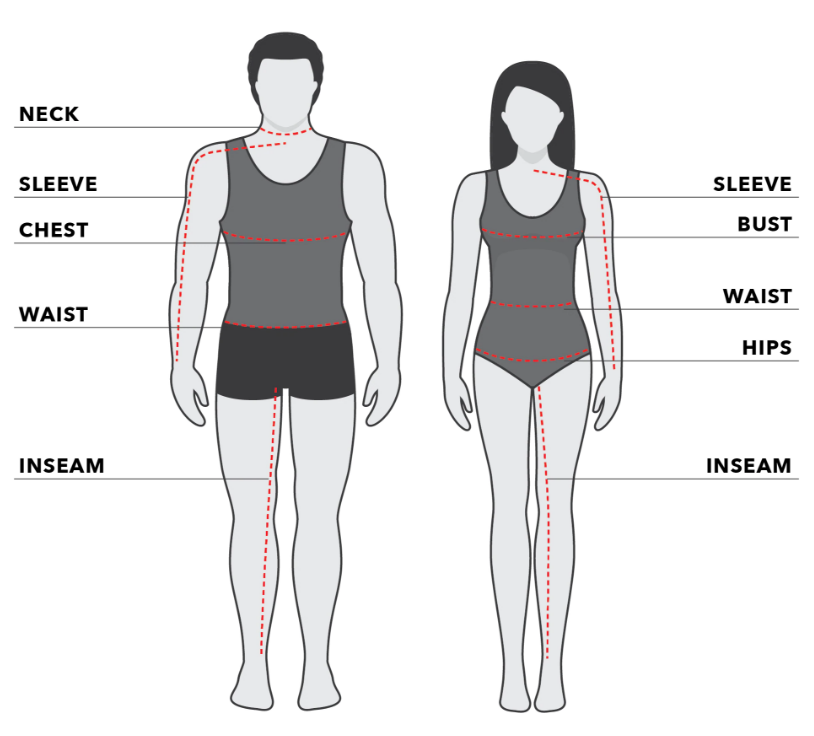 But heavy perfectly eliminates cellulite and body fat.
But heavy perfectly eliminates cellulite and body fat.
For beginners, it is better to buy classic aluminum hoop . It usually weighs about 0.5 kg.
Hoop with massage balls weighing about 1 kg perfectly trains the press.
Weighted , approx. 2 kg, gives the highest load on the abdominal muscles. But for beginners, it can be traumatic. Some advise at first to deal with him in a thick sweater.
To determine the optimal size of the hoop, place it next to you: it should reach to the navel. A smaller diameter projectile will require faster aerobic movements and you will be more likely to tire.
The difference is comparable to a sprint and a marathon. Marathon is preferable for supporting heart rate and improving metabolism.
To get the maximum benefit and not hurt yourself:
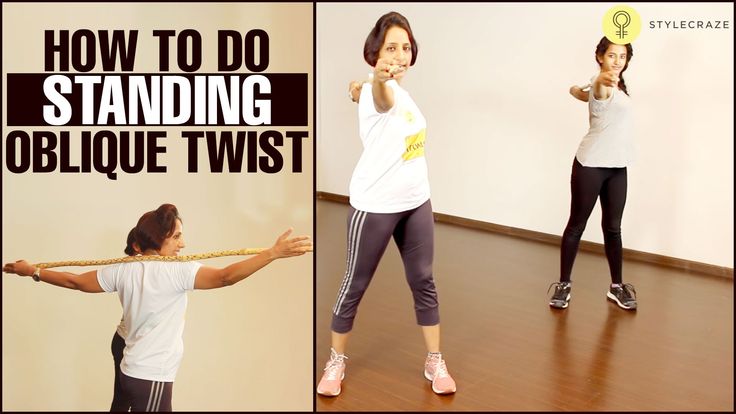 Do not twist a hoop weighing more than 1 kg for more than 5 minutes, or less, watch your well-being;
Do not twist a hoop weighing more than 1 kg for more than 5 minutes, or less, watch your well-being; Hoop training is contraindicated during pregnancy, menstruation, and people with back injuries. If you have gastrointestinal diseases, you should consult your doctor.
To warm up, grab a hoop, stretch your arms out and do a few forward bends, then bend back.
Twist the body to the right and left, trying to increase the amplitude. The legs should be firmly on the floor, and the pelvis should not move. This complex will tone the muscles.
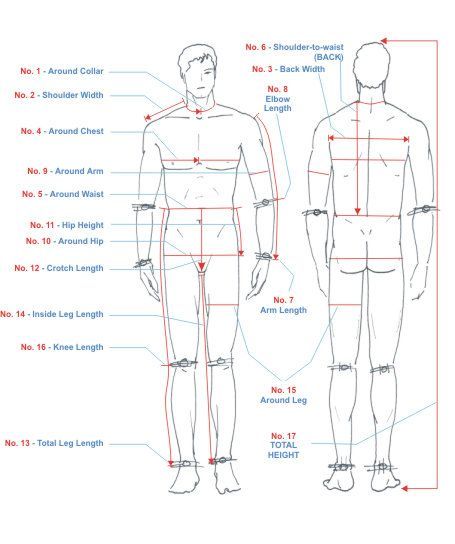 One leg can be slightly forward, this will help to work out the hips.
One leg can be slightly forward, this will help to work out the hips. A little pain is normal, after a few workouts it will go away.
Repeat 15 times. Do 3 sets to feel a burning sensation in the abdomen.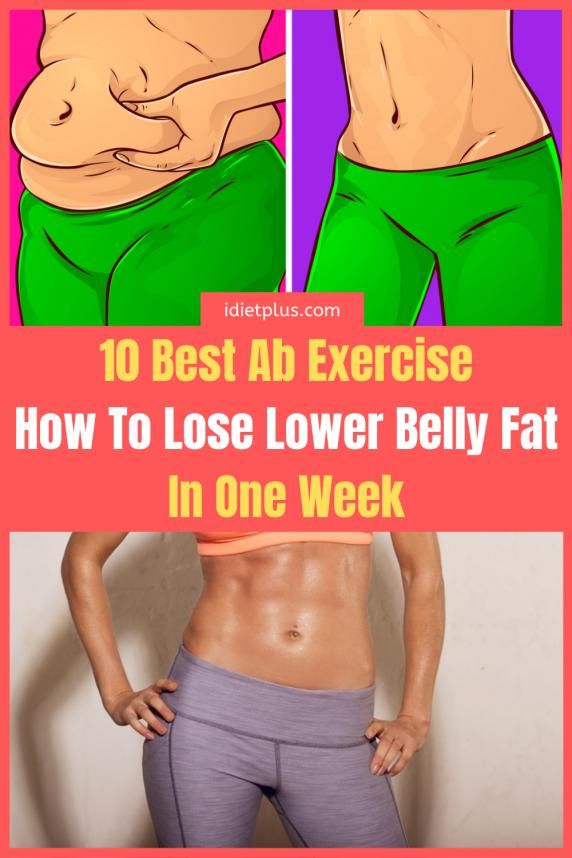
Rotate the hoop on your hands and forearms. Keep your elbows slightly bent. You should feel a burning sensation in your muscles.
This is a great exercise to get rid of excess fat on the thighs.
Once you get used to spinning the hoop around your waist, try doing dance moves as you go: squat, switch your legs, walk backwards, and even spin around!
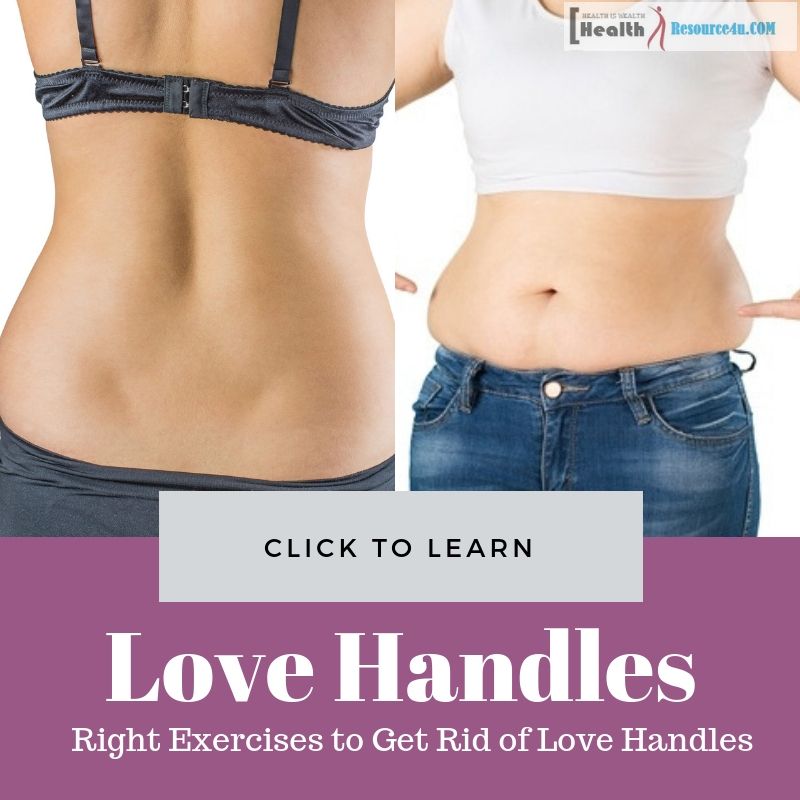
Will you spin the hoop now?
English words and phrases to help you communicate fluently in sports training. Gym slang, treadmill idioms, seasoned trainers aphorisms.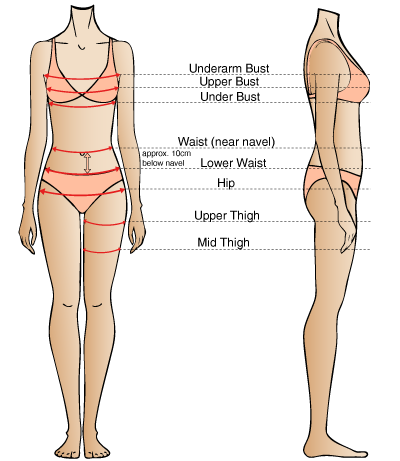 Pump up your sports English!
Pump up your sports English!
English level test
Find out your level, get recommendations for learning and a promotional code for English lessons as a gift
Learning English is, among other things, immersion in the world of phraseological units and idioms that give the language vivid colors. In English, there are many rather interesting words and phrases regarding exercises in the gym. Also, there are surprisingly many phrasal verbs in the "language of sports". Our article contains those that you will most often hear in the English gym.
Whether you're a tough bodybuilder or a svelte and flexible Pilates goddess, now you can talk about sports and training as fluently as you do in Russian. And if you have to take an exam, then knowledge of such vocabulary will always bring you an extra score and a well-deserved respect from the teacher.
This is a long metal crossbar to which weightlifters attach weighting discs (they are also weight plates, disk weights, circular weights, or, in Russian, “pancakes”).
I use a 45 pound barbell when I bench press. — I use a 20.5 kg barbell when I bench press.
This is the name of a weightlifting exercise performed on a bench press. You need to lie on your back on the bench that holds the bar, grab the bar with both hands and lower it to your chest, and then straighten your arms to lift the weight. This movement is repeated 8 to 15 times. The process of performing this exercise is indicated by the verb “to bench”.
To build strength you need to bench press every time you work out. To build strength, you need to bench press every workout.
This expression means strength training to build muscle mass and overall weight.
Before the football season the athlete decided to bulk up. - Before the start of the football season, the athlete decided to pump up.
An exercise where you need to lift the body off the ground while in a vertical position is called chin up (literally, “up with the chin”) or pull up.
Dumbbell (dumbbell, read [ˈdʌmbel]) is the same barbell, only in a smaller size: it can be held with one hand. Athletes use them to train each arm individually.
I usually work out my arms with dumbbells. I usually train my arms with dumbbells.
The expression means to exercise and eat healthy to achieve your ideal weight and physical condition.
I am going on holiday this summer and I want to get in shape so I can buy some new clothes! I'm going on vacation this summer, so I want to get in shape so I can buy new clothes!
This spring I'm going to work out and get in shape so I can wear a bikini on the beach. — This spring I'm going to go to training and get in shape so I can wear a bikini on the beach.
Sometimes a person works a particular muscle until it hurts, and this is called feeling the burn.
I added some extra weight to really feel the burn. “I added weight to make the muscles really burn.
This term refers to both dumbbells, barbells, and "pancakes" that are attached to the barbell bar. Free weights (or “free weights” in bodybuilding slang) can be any sports equipment that is used in weight lifting exercises and is not a simulator.
I prefer the free weights over the nautilus machines. - I prefer "free weights" to machines.
When a person lifts the maximum weight for himself, this is called "to max out".
Sometimes I will max out on the bench press to impress my friends. “Sometimes I want to go all out on the bench press to impress my friends.
Nautilus [ˈnɔːtɪləs] equipment — this is the name of the shells that provide resistance to work out various muscle groups, or, in other words, stationary simulators that you most often see in the “rocking chair”.
What does the Nautilus have to do with it, you ask? No secret. This is the name of a company that first entered the market in the 70s of the last century with an innovative technology at that time for deep study of various muscle groups using strength training equipment (Nautilus, Inc.).
I use the nautilus equipment when I just want to get an aerobic workout. — I use machines when I want to get aerobic exercise.
Most gyms have in-house staff to help plan your workouts and track your progress. Such people are proudly called personal trainers. Their task is to motivate you and help you during classes (thanks to them!).
Last summer Mary really wanted to look good in a bathing suit. She decided to get a personal trainer that would help push her. — Last summer, Mary got excited about looking good in a bathing suit. She decided to find a personal trainer to help her move forward.
".
I'm going to the gym to pump some iron. - I'm going to the "pump iron" hall.
My muscles are getting bigger because I have been pumping lots of iron. - My muscles are growing because I work a lot with iron.
I need to pump some iron at the gym to keep my body in shape! - I need to "pump iron" in the gym to keep my body in shape.
A push-up is an exercise when you need to bend and straighten your arms from an emphasis lying on the floor, raising your body.
Drop down and give me some push-ups! - Fell-wrung out!
When you want to work on your body to improve your appearance and performance, you can say you are going to “to shape myself up”.
I've been eating too much tapas this year. I need to go to the gym and shape up! — I ate too many spicy snacks this year. I need to go to the gym and get in shape!
Have you seen Jordi? He has been at the gym 5 times a week recently, he has really shaped up! Have you seen Geordie? He's been hitting the gym five times a week lately, he's really got himself in shape!
Pressing (meaning lifting the upper body from a supine position) is a good way to make the abdominal muscles stronger and more defined.
When you want to go all out or just lift a heavy barbell, you need someone to stand by and help you if you can't hold the weight. This is called to spot (insure someone during training). And if someone wants to max out while doing the bench press, he can ask a friend to spot him (insure him) so that the bar does not fall on his chest.
You are going to have to get a spot if plan on lifting that much weight! “You need to make sure someone backs you up if you plan on lifting that much weight!”
A series of exercises that can strengthen or improve a person's physical health. Training can include both weight lifting and exercises on a treadmill (treadmill) or exercise bike (stationary bicycle).
I had a great workout yesterday. I was exhausted when I got home. “Yesterday I had a great workout. I felt exhausted when I got home.
This word can be used to describe different types of exercises. Whether a person goes to the gym to pump iron, or whether his goal is cardio training, all this can be described using the phrasal verb to work out.
This expression is native to American English, but is now used in England as well.
I'm going to the gym tonight to work out. I need to exercise after eating too many ice creams! I'm going to go to the gym tonight to practice. I need to exercise because I ate too much ice cream!
I’ve got a new bikini and I think I need to work out so I good for the beach this summer! I got a new bikini and I think I need to work out to look good on the beach this summer!
I hate working out at the gym, I prefer to go running at the beach! — I hate to train in the gym, I prefer to run on the beach!
Demo lesson for free and without registration!
Take a lesson, learn about the school and get a promo code for English classes
English slang words used in sports videos can be difficult to understand. After all, they are often abbreviations of longer technical terms (for example, the well-known word fitness becomes a short and perky fit).
Thus, the word “abdomen” [ˈæbdəmən] in English refers to the area of the abdomen between the chest and thighs, just above and below the navel.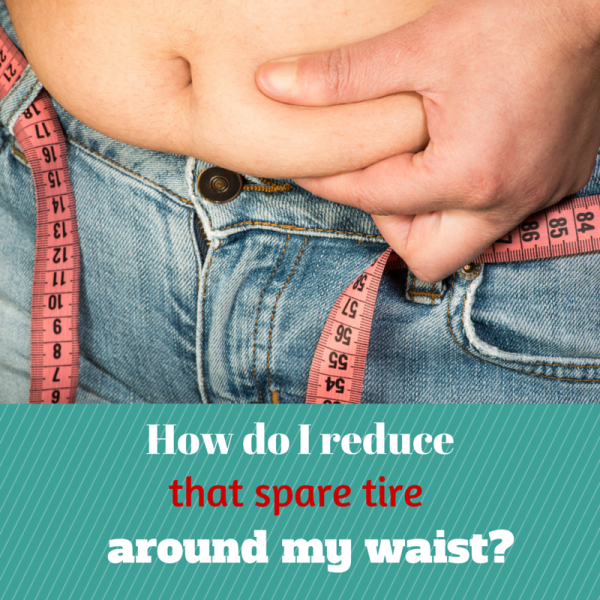 Firmly included in the slang “abs” (press) is just an abbreviation for this term.
Firmly included in the slang “abs” (press) is just an abbreviation for this term.
Here's a useful sports idiom: "six-pack abs" (literally: "six-pack abs"). This expression describes a press whose shape resembles the silhouette of a six-pack of soft drinks. Press dream, with distinct "cubes".
And this brings us to the next slang word: ripped, which can be translated as "embossed". English linguists are still arguing whether this word was formed from ripple - small ripples on the water, or rip - cut, crack.
Anyway, ripped means a very obvious drawing of the muscles. And the expression “to get super-ripped” is translated like this: “to become super-embossed”.
The word tone (tone, tonality, tone) in our understanding usually corresponds to the concept of sound waves in music.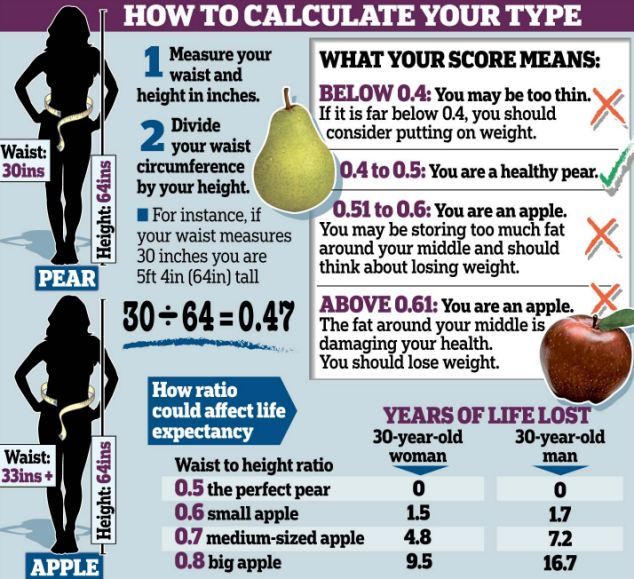 But the expression muscle tone refers to the state of a person's muscles. In a person with good muscle tone, the muscles are outlined clearly and picturesquely, like in ancient Greek sculptures. But low muscle tone means that the owner of such muscles of strength (and will), alas, is not enough.
But the expression muscle tone refers to the state of a person's muscles. In a person with good muscle tone, the muscles are outlined clearly and picturesquely, like in ancient Greek sculptures. But low muscle tone means that the owner of such muscles of strength (and will), alas, is not enough.
When "he is toned" is used about someone, it's another way of saying "he's muscular."
Great exercise to tone your abs. An exercise when you need to lean forward with your whole body, tensing your abdominal muscles to touch your knees with your elbows. "Sit ups" is included in this concept.
If you are going to repeat exercises like "twisting", then you do repetitions - "reps" (short for the word to repeat, repeat). You can do the exercise ten times, then rest and do ten more, and it will be two sets of ten - “two sets of ten reps”? The word "set" here means "approach".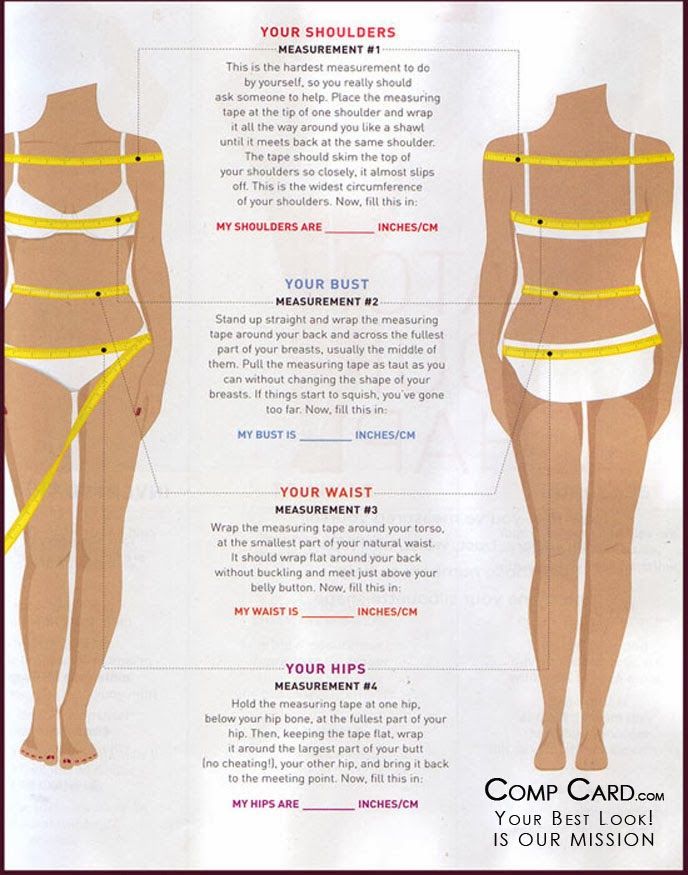
If you're exercising to shed pounds, that means you're trying to shed pounds.
But if you want to lose weight in a short time, they say “to be on a shred” (from the English word shred — a piece, a piece). This means that you are trying to make a kind of breakthrough, quickly get rid of fat and gain muscle in intense workouts.
The fat fold on the abdomen is quirkily called the “spare tire”. In other words, you look like you're wearing a car tire around your waist. If you are trying to lose weight in this area, then you can safely say “I am trying to get rid of my spare tire”.
At the start of your workout, you stretch to warm up your muscles. Such exercises are commonly called "warm ups" (to warm up - warm up), because you literally warm up the body.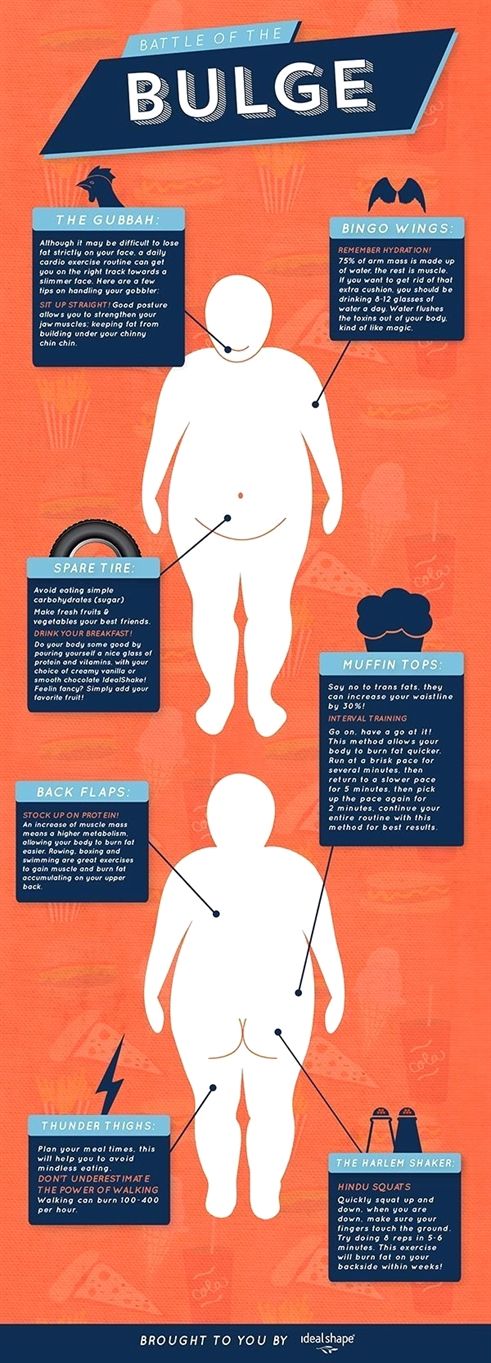 At the end of the workout, when you are already warmed up, you stretch again to cool down - "to cool down" - the heated muscles.
At the end of the workout, when you are already warmed up, you stretch again to cool down - "to cool down" - the heated muscles.
Your sports equipment - gear [ɡɪə] - includes everything you need to exercise.
So, for Pilates or yoga, the concept of sports equipment includes a gymnastic mat, weightlifting involves working with dumbbells, and tennis requires rackets. But a clean water bottle should always be part of your gear, no matter what sport you play.
Sports running in English is expressed not only by the verb to run, but also by the verb to jog (jogging). But whatever word you choose, running is one of the cheapest forms of exercise. All you need is a pair of running shoes, a player with your favorite audio book in English, and a treadmill of your choice. Just run!
If you are a fan of running, you will need a whole list of English expressions.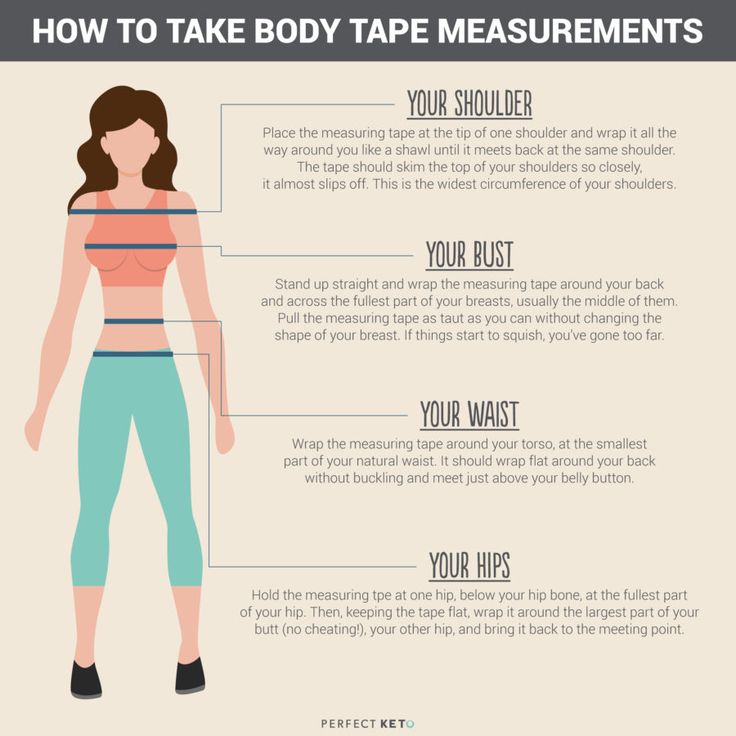
You may want to take part in a charity run - fun run. In such a race, they care less about winning and more about how to enjoy the process. The length of the track for charity races is most often five kilometers, and this is indicated by a kind of code - 5K.
This type of run is becoming very popular. The runners are dressed in white t-shirts that turn yellow, purple, blue, pink, because as they go through the distance, the runners are showered with colorful chalk.
The color races are touted as the most positive five-kilometer races on the planet. Perhaps you will be lucky enough to become a participant in one of these races if it is held in your city. On the other hand, why wait, organize such a race yourself!
Mud run is very difficult. And dirty. Usually it is team work at a distance with exceptional complexity. Getting to the finish line with the whole team is a prerequisite for the race.
And dirty. Usually it is team work at a distance with exceptional complexity. Getting to the finish line with the whole team is a prerequisite for the race.
It happens! To add variety to the peaceful course of life in their hometown, runners arrange picturesque and creepy "zombie races". A group of runners dressed as the undying dead are chasing another group of runners dressed in striped swimsuits regular tracksuits. In light of the popularity of The Walking Dead series, it is very relevant.
To prepare for any competition, you need to train - it's obvious. The expression training routine is the training plan according to which you prepare for the race.
If you increase your endurance, you will one day be able to run a marathon.
Dedicated runners try to improve their time (to improve one's time): run more distance in less time.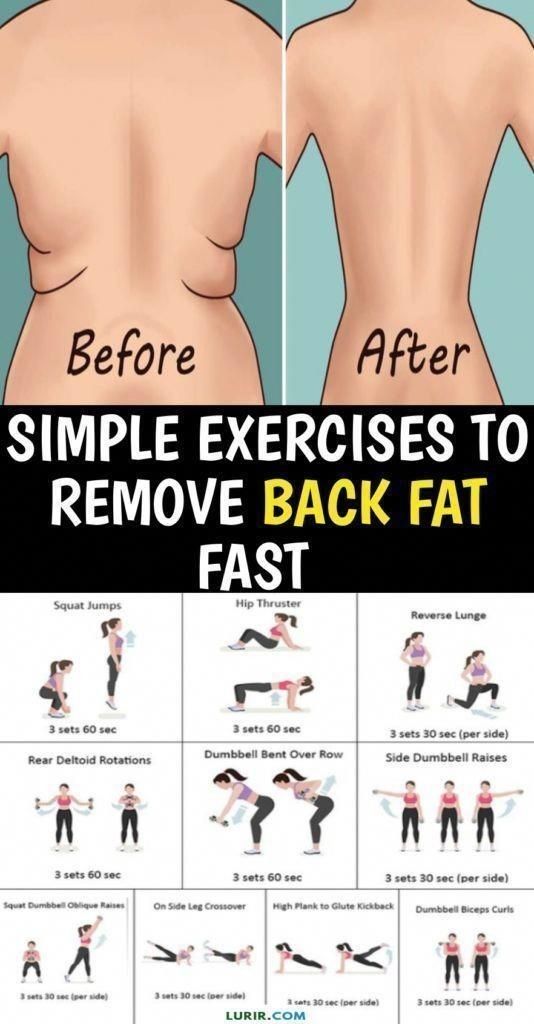 Running speed (English pace) is usually expressed in minutes for which the runner runs a mile or kilometer.
Running speed (English pace) is usually expressed in minutes for which the runner runs a mile or kilometer.
In order not to get tired and exhausted, to wear oneself out, you need to train. And it's in your hands!
There are many useful English idioms about health:
Literally, the expression means "clean sanitary patent". Some philologists believe that this phrase dates back to the times when the captain of the ship was required to have a document (sanitary patent) confirming that none of his crew was sick with the plague - otherwise the ship could not be allowed into the port.
Fiddle - one of the words for violin in English (recall, the second one is violin). The adjective fit can be translated as "fit" or "acceptable", and in 17th century England you would be called fit as a fiddle if you were wearing a smart outfit.
The adjective fit can be translated as "fit" or "acceptable", and in 17th century England you would be called fit as a fiddle if you were wearing a smart outfit.
You were sick, but you felt much better. The word lease refers to the period of time for which you can rent something, for example, an apartment or a car (to lease smth. - rent something). To get a new lease on life means that new opportunities have opened up before you.
You are at the peak of your health: not so young anymore, but still strong and wiser with age. So go to the gym and enjoy your workout!
And we suggest drawing inspiration from the following English winged expressions about physical education, sports, a healthy lifestyle and the will to win!
Here are 20 of the most motivating gym quotes. You will move mountains with them!
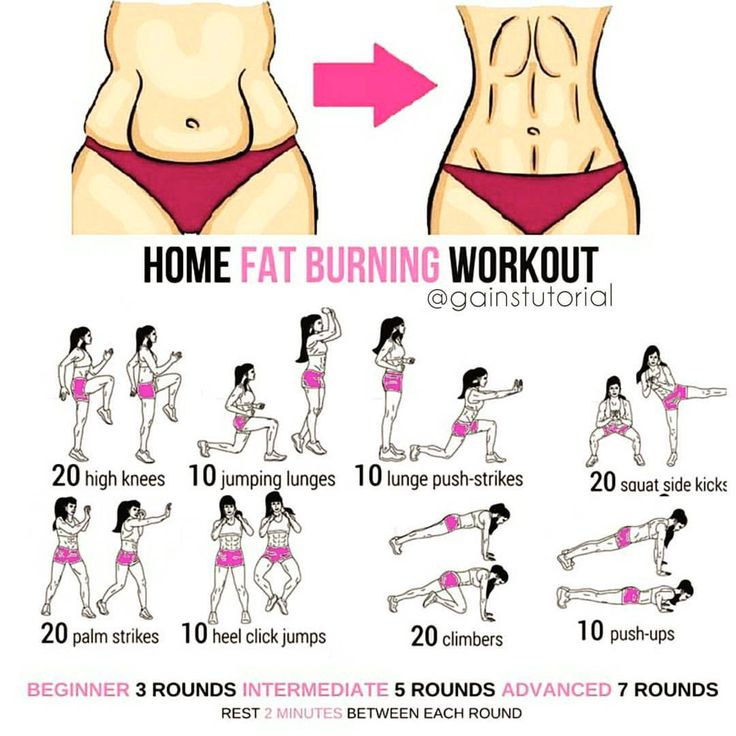 “Winners train and losers complain.
“Winners train and losers complain. 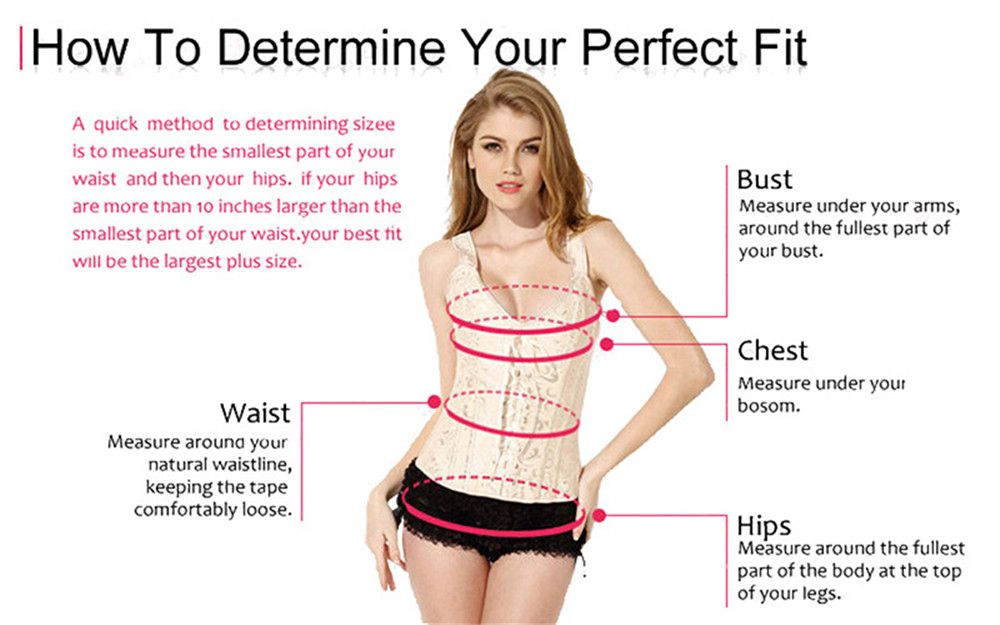 Character is who you are when no one is watching.
Character is who you are when no one is watching. 